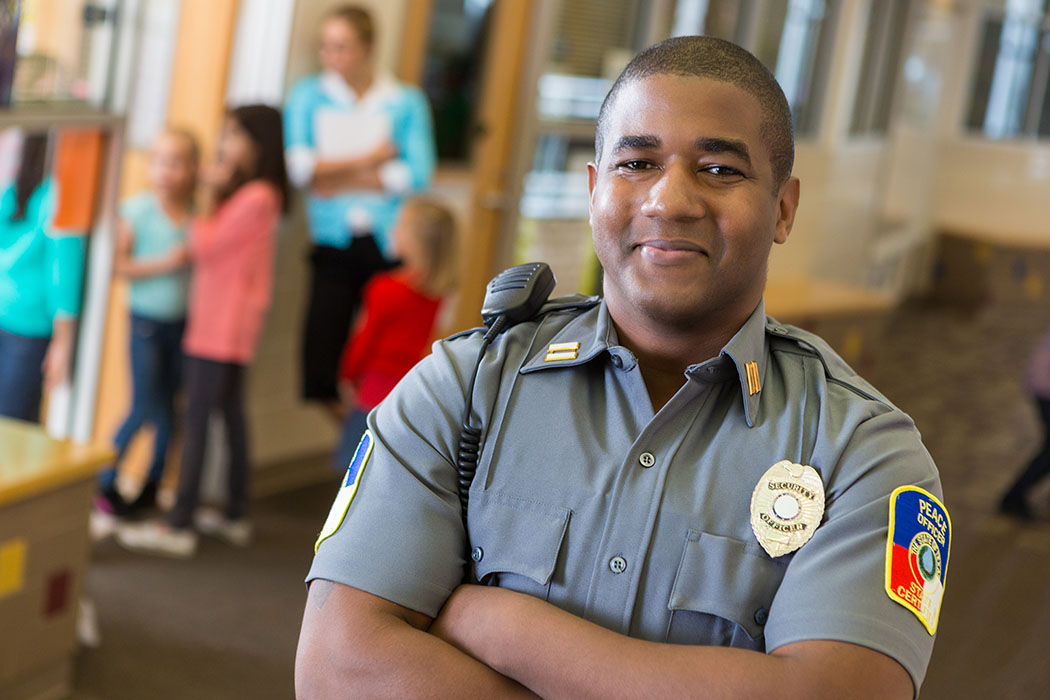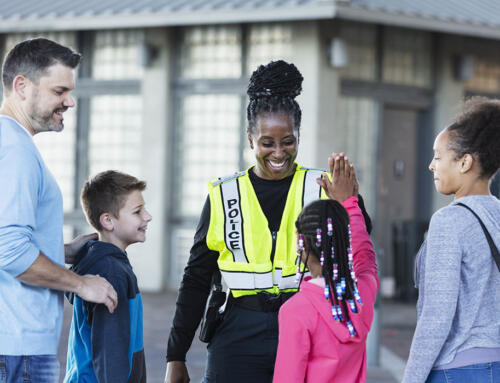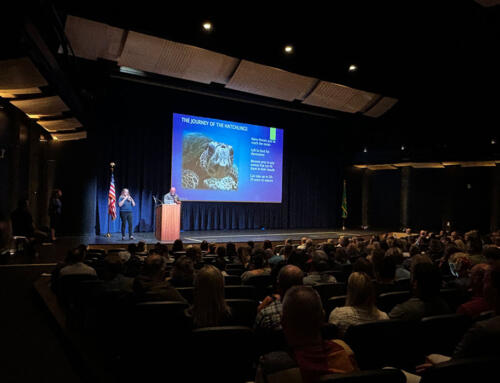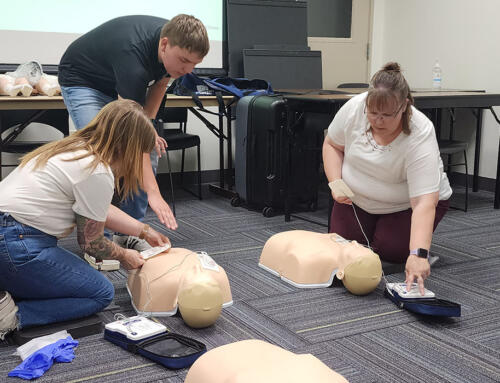The U.S. Secret Service National Threat Assessment Center released a report in late 2019 on targeted school violence that reinforces much of what many of us have come to learn, especially about mental health, threat assessment and warning signs. The report details the analysis of 41 incidents of targeted school violence that occurred in K-12 schools in the United States from 2008 to 2017.
The Executive Summary of the report states: “The analysis suggests that many of these tragedies could have been prevented, and supports the importance of schools establishing comprehensive targeted violence prevention programs.” The report continues, “A multidisciplinary threat assessment team, in conjunction with the appropriate polices, tools and training, is the best practice for preventing future tragedies.”
The report identified 10 key findings among the incidents, including:
- There is no profile of a student attacker, nor is there a profile for the type of school that has been targeted
- Attackers usually had multiple motives, most commonly involving grievances with classmates (63%)
- Most attackers (61%) used firearms and those who did most often acquired the weapon from the home of a parent or other relative (76%)
- Most attackers (91%) struggled with their mental health, including psychological (69%), behavioral (57%) and developmental (20%) symptoms
- Half of the attackers had interests in violent topics
- All attackers experienced social stressors involving their relationships with peers and/or romantic partners
- Nearly every attacker (94%) experienced negative home life factors
- Most attackers were victims of bullying (80%), which was often observed by others
- Most attackers had a history of school disciplinary actions (71%) and many had prior contact with law enforcement (49%)
- All attackers exhibited concerning behaviors; most elicited concern from others (80%) and most communicated their intent to attack (66%)
The report findings will be used to train school and law enforcement officials on how to better identify potential attackers and how to stop them. Report authors place the responsibility of student safety not only on school staff and law enforcement officials but also on mental health practitioners, government officials and the public.
Download the report at https://www.secretservice.gov/protection/ntac/





 ESD 112 equalizes educational opportunities for learning communities through innovative partnerships, responsive leadership, and exceptional programs.
ESD 112 equalizes educational opportunities for learning communities through innovative partnerships, responsive leadership, and exceptional programs.